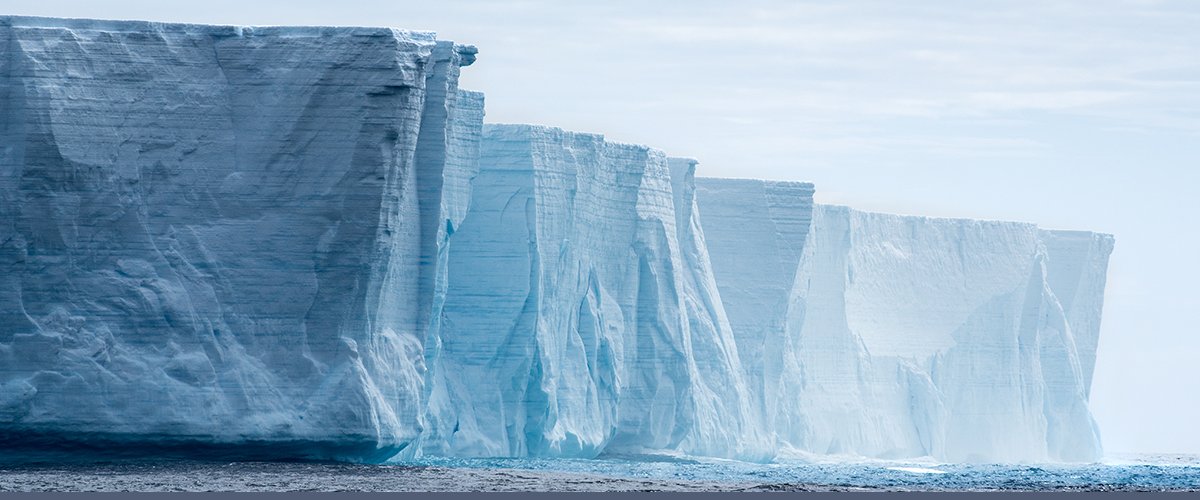Powering Discoveries
Saving the Ross Ice Shelf
Researchers rely on TACC systems to collect crucial information and gain insight into the Antarctic region

Over the past four years, researchers at the Lamont-Doherty Earth Observatory (LDEO) have been flying over the frozen waters in the polar regions and collecting field data to study the Ross Ice Shelf. The field data includes crucial information on the shelf and the underlying tectonics of the Antarctic region.
The shelf, which can be up to 10,000 feet thick, is the largest of several that hold back West Antarctica's massive amounts of ice. If these were to collapse, global sea level could rise by up to 10 feet. In fact, NASA this year confirmed that ice loss from this critical region is happening at an increasingly fast pace.
Nick Frearson, a lead engineer on the LDEO project, and other colleagues have collected hundreds of terabytes of data. They need state-of-the-art solutions to process, analyze, and store the information.
"That's where TACC comes in," Frearson says. The researchers rely heavily on the Stampede2, Ranch, and Corral systems.
"The partnership we have forged with TACC shows that it's possible to manage and disseminate this level of data in a cost-effective, user-friendly, and easily accessible manner," Frearson said. "This data will help people in the science community who are interested in the cryosphere and the changes going on there. We hope that people across the globe will benefit from this data set."

